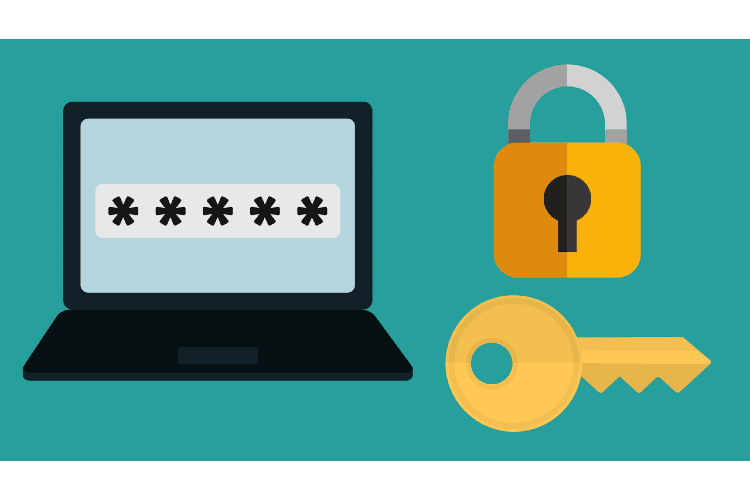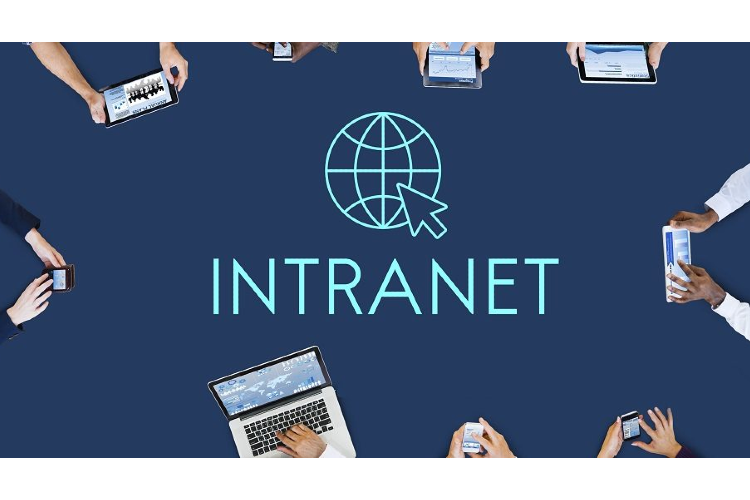
Have you ever thought about why some businesses reach their maximum potential while some cannot? Businesses are established by connecting the bridge between the potential buyers and the products.
The world today is digitalized. Everyone is online in all forms of social networking sites. Social media marketing is the use of various social platforms like facebook,instagram,twitter to build the brand’s reputation and promote the brand overseas in order to attract more potential buyers. Social media marketing is a boom for small businesses as it helps with consumer data as well. All known business is all about targeting the audience at the right time with the right product. Social media marketing offers a high range of return of investment.
Why is Social media marketing important?
The accessibility of digital channels has played a vital role in enhancing the importance of marketing. The record shows there are 5 billion internet users in April 2022. Traditional marketing follows the same principle, social media marketing allows a brand to target a specific set of audiences. The importance digital marketing holds is:
- Establish Brands Reputation: Digital is the core of marketing today building your brand online proto file digitally helps it to gain worldwide recognition.youtube, websites and social media are some of the various online channels that attempt to promote different brands.
- Overseas opportunities: The widely used source used to take businesses overseas is social media marketing.In order to expand world wide business opportunities,social media services play a vital role to connect international customers and business. To target the audience all over the world digital marketing covers a broad spectrum geographic area as compared to traditional methods. It helps brands to get world wide recognition.
- Cost-Effective Over Traditional Marketing Methods: Social media marketing is 62% less expensive as compared to many traditional methods such as cold-calling and billboard ads- which are not trackable. Social media marketing strategy continuously makes sure that business owners never waste money on platforms that don’t perform well.
- Digitalization (everyone is online): Digital marketing implements the omnichannel marketing strategy so marketers can collect valuable insights into target audience behaviors while opening the door to new methods of customer engagement. The internet has become a fundamental necessity of humans day to day life with more than 4.66 billion internet users globally. business owners, their targeted customers, their competitive business holders, everyone is online so there might be a chance of losing your customers if you don’t have online exposure.
- Return on investment: Marketing campaigns worth is defined by ROI in digital marketing Businesses claim higher ROI when the mode of marketing is online (whether it is paid or free)as a large group of audience can be targeted. SEO often generates higher ROI when compared with other mediums like e-mail marketing, content marketing, PPC, and social media campaigns.
Social media marketing tips
- Create Intention and strategy: Every social media site has its own working in order to drive maximum of the web traffic.Engaging content, resolving queries via chatbots, conducting webinars, etc digitally strengthens the relationship with clients.
- Targeted audience reach: To establish a successful business the brand should reach the right people at the right time. Advertising is the result of reaching the right audience which leads to more traffic resulting in better selling of products. To deliver optimal fulfillment brands should have an analysis on the pattern of audience’s behavior.
- Stay Active: Continuous engagement with the customers keeping a check on the comments sharing information helps to build a strong relationship with buyers.
- Track and Analyze Metrics: Having a hold on the information on the social media analytics is an essential criteria for any brand as it helps you to track the path followed and will help to drive performance.








